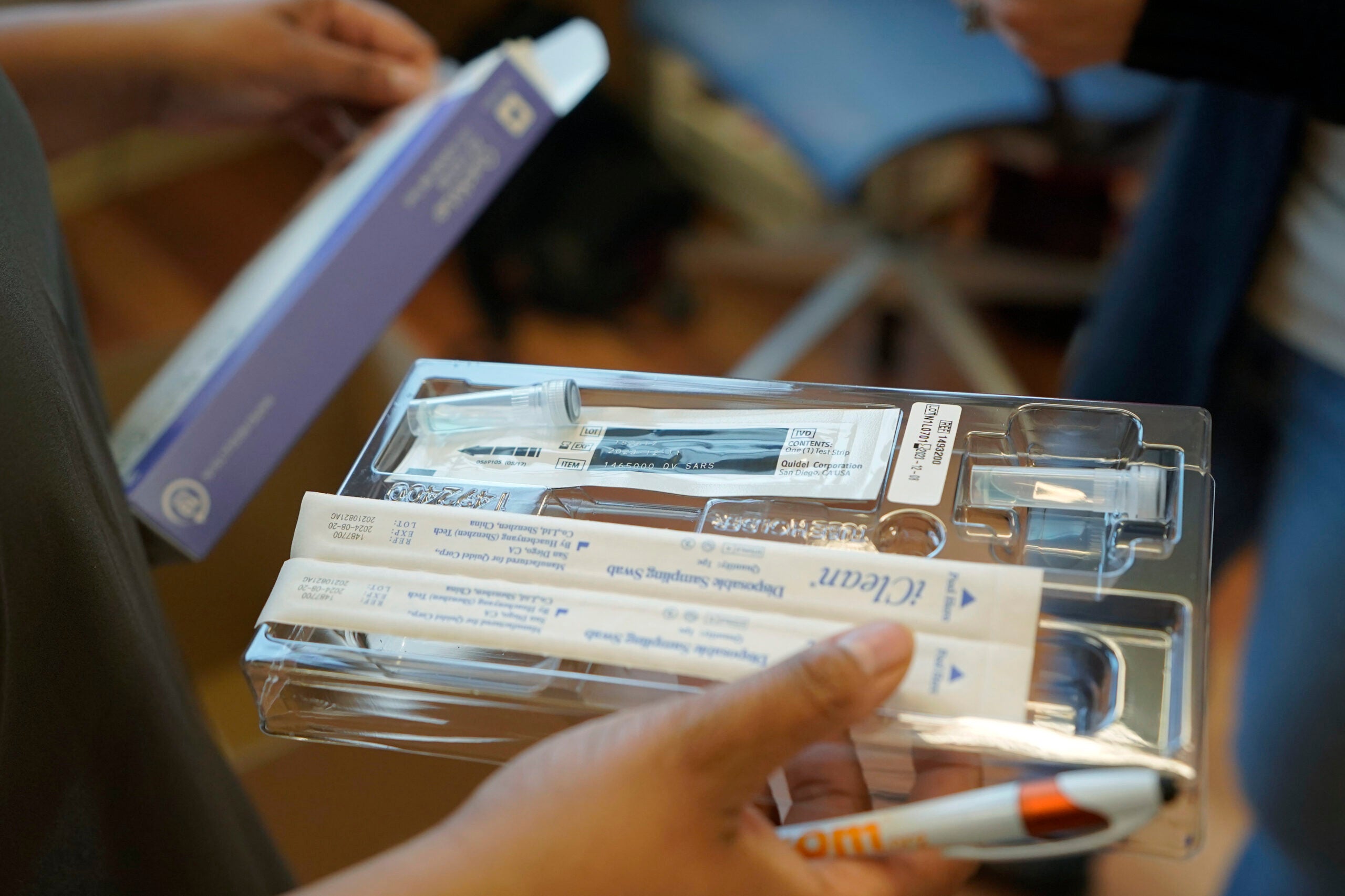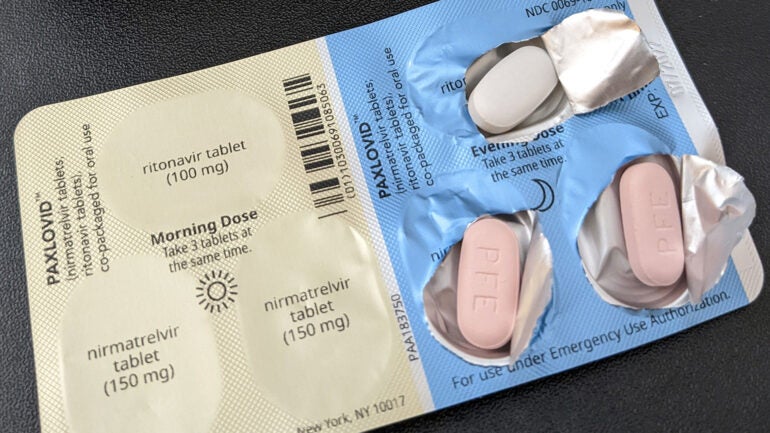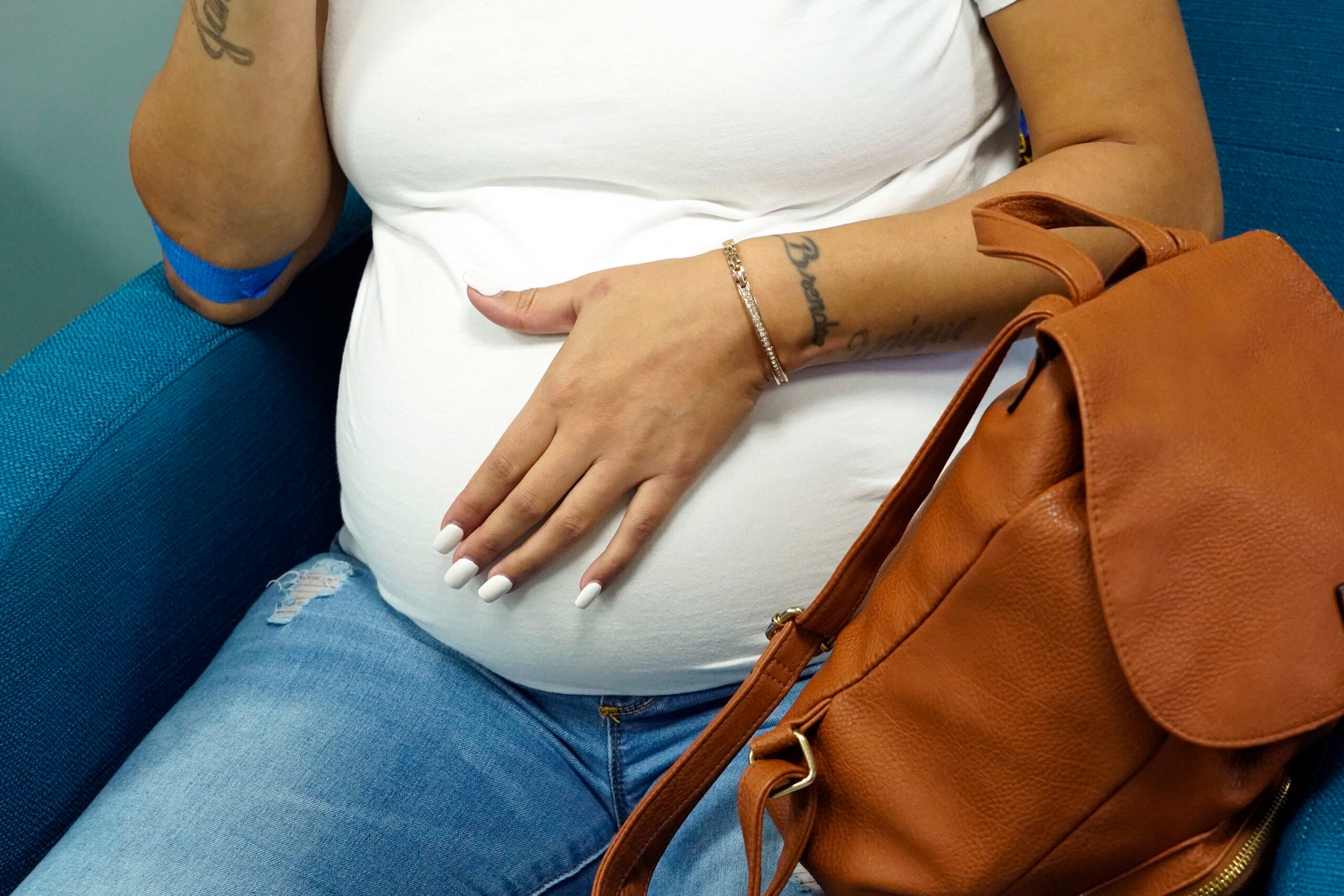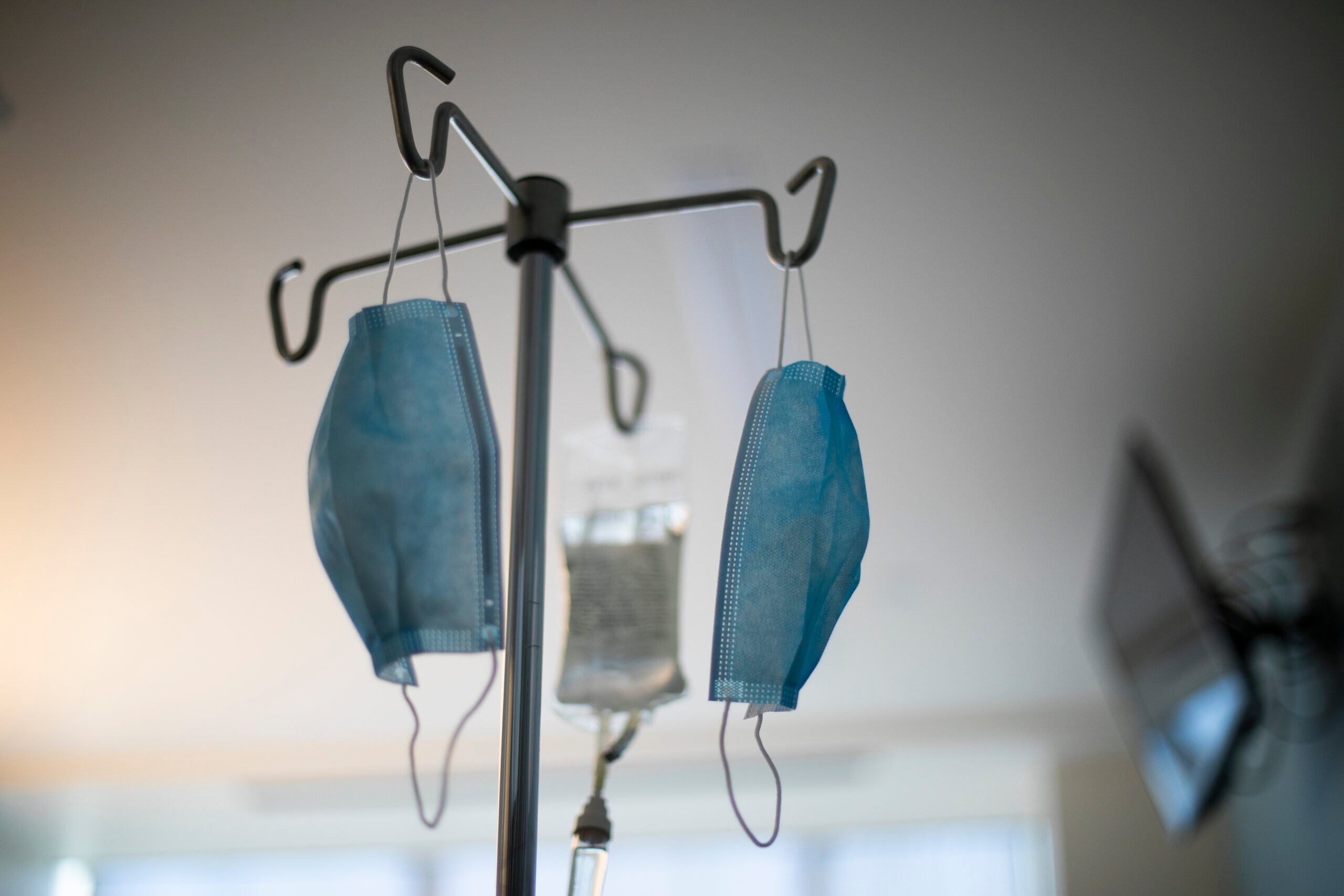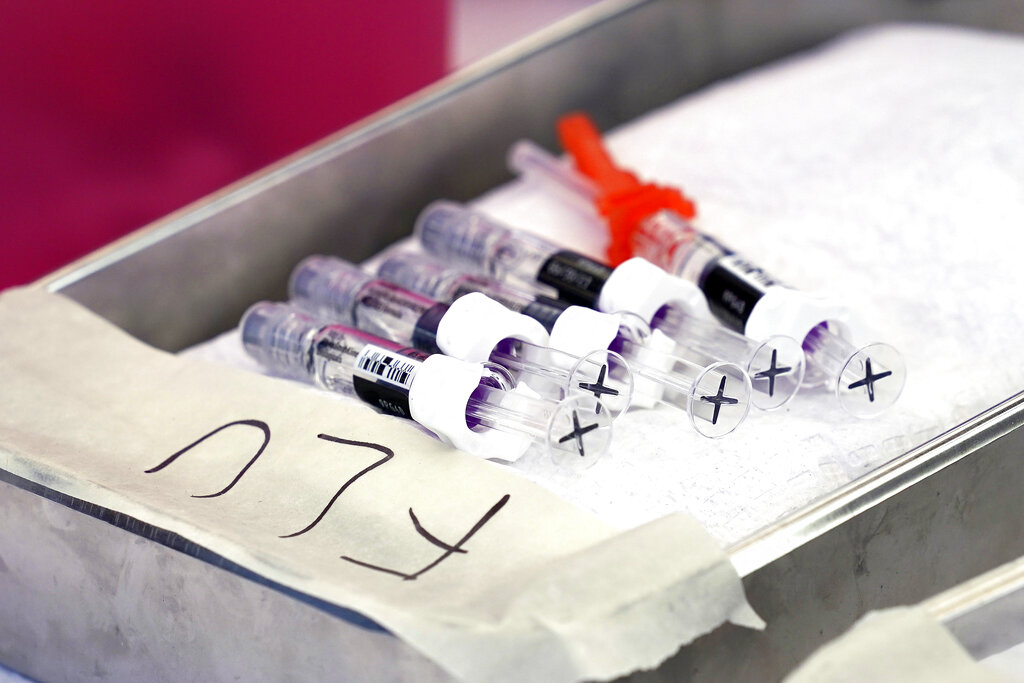After three years of increased public health efforts, several state health initiatives for COVID-19 testing are winding down.
The state Department of Health Services announced last week that the Community Testing Support Program will end April 15. The program was created in 2021 to help pharmacies like Walgreens, local and tribal health departments and other organizations provide free COVID-19 testing in every county in the state. Since then, the initiative has provided almost 3 million tests in nearly 300 locations.
Traci DeSalvo, director of DHS’s Bureau of Communicable Diseases, said the program was launched at a time when COVID-19 tests were more difficult to obtain and were primarily PCR tests that are processed by a lab. She said preferences for how people want to get tested have also changed.
Stay informed on the latest news
Sign up for WPR’s email newsletter.
“What we’ve really seen is a significant increase in the availability of at-home antigen tests and a corresponding decrease in people who are looking to find testing at one of these community sites,” she said.
DeSalvo said DHS has seen significant demand for at-home tests through their Say Yes! COVID Test program, which launched in September 2022. In February, DHS doubled the amount of self-tests residents could order each month, from one kit with five rapid antigen tests to two kits, or a total of 10 tests, at a time.
“Really the goal is just that everyone in Wisconsin has access to tests, and we want to make that as easy and convenient as possible for people,” DeSalvo said.
She said the department expects their current inventory of at-home tests to run out in April or May, which will likely be the end of the program.
Ajay Sethi, professor of Population Health Sciences at the University of Wisconsin-Madison, said the free at-home tests are not only convenient but have been critical in making sure there’s equitable access to testing.
“Not everybody can afford tests if there was a charge for them,” he told Wisconsin Public Radio in February. “So they should continue to play a role. And it’s our job as a society to continue to promote COVID testing, because knowledge of your status of being infected with COVID goes a long way in taking the right steps to prevent spreading that virus to other people.”
After three years of the coronavirus, Sethi said some people are still testing whenever they have COVID-19 symptoms. But he expects the number of people seeking out tests has likely declined.
“My instincts tell me that in general, fewer people are going to be likely to test over time. Except for those people who are vulnerable to severe disease, or they live with somebody who’s vulnerable to severe COVID,” Sethi said.
DeSalvo said state health officials have also noticed a shift in how people are thinking about the coronavirus, with many people treating it like influenza and other respiratory illnesses. She said resources like vaccinations and antiviral medications are allowing providers to do the same.
“As we do for other respiratory viruses, we’ll continue to do work on COVID-19 from the public health side,” she said. “But I think we’re really moving into a space where it’s going to be, for most people, more similar to sort of your other seasonal respiratory viruses.”
She said there is still value in taking a test when you have COVID-19 symptoms, especially so people continue to stay home when they’re sick and notify people they might have exposed.
The federal public health emergency for COVID-19 is set to end in May. But Sethi said he hopes to see federal and state officials continue to focus on monitoring the number of hospitalizations and deaths even after the end of the public health emergency. He said there are still too many COVID-19 deaths occurring and continued work is needed to help prevent severe cases, including encouraging everyone to get the latest COVID-19 booster.
“The uptake of the bivalent vaccine could be a lot higher. It is less than 20 percent in Wisconsin, and the COVID response has to also include continued promotion of vaccination,” he said.
DeSalvo said the state is still gathering information on what testing will look like after the federal public health emergency ends. She said availability will likely depend on whether insurance companies continue to cover the associated costs.
Until then, DeSalvo said people can continue ordering free tests through the federal government’s program or get reimbursed for tests their health insurance provider.
Wisconsin Public Radio, © Copyright 2024, Board of Regents of the University of Wisconsin System and Wisconsin Educational Communications Board.

